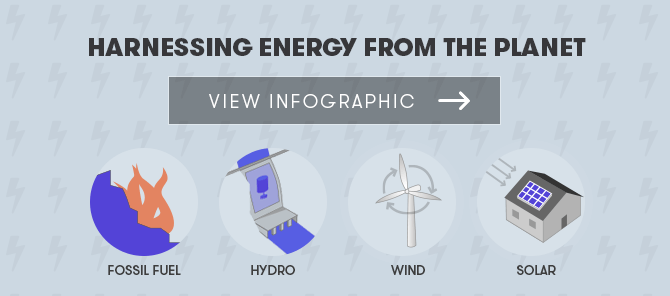Blowing in the wind
Expert reviewers
Professor Neville Fletcher AM FAA FTSE
Emeritus Professor, University of New England
Visiting Fellow, Australian National University and adjunct professor at The University of New South Wales
Essentials
- Wind technology has been used by humans for thousands of years.
- Our use of wind power has been growing steadily since 2000, reaching a total global capacity of around 370 gigawatts in 2014.
- Wind is not always consistent, but strategies are in place to help ensure electricity supply meets demand.
- There is some opposition to wind farms, but medical experts have found no evidence that wind turbines have any direct effects on people’s health.
The world has never been short of wind. For thousands of years it has turned windmills, flown kites, cooled houses and filled sails. Now, technological advances are breathing new life into our use of wind power as a clean, renewable, cost-effective means of generating electricity.

Our growing use of wind power
Aside from powering sailboats, the earliest recorded use of wind power was in windmills for grinding grain, by the Persians, as far back as 500–900 BC.
The first electricity-generating wind turbines were invented in the United States and Europe in the late 1800s. In the early 1900s, as electricity became more widely available in towns and cities, many rural communities and homesteads turned to small-scale wind turbines for their electricity supply. Many were built on site, using old car generators and hand-carved rotor blades or old biplane propellers.
Since then, wind power has gathered momentum in a world that is increasingly looking for alternatives to fossil fuels for power generation.
According to statistics from the US Energy Information Administration, in 2012, global energy production stood at around 21,532 terawatt hours (1 terawatt = 1012 watts). Wind power accounted for around 520 terawatt hours of this, a share of around 2.5 per cent. The Renewables 2015 Global Status Report states that this share increased to around 3.1 per cent by the end of 2014.
Although wind power's share of total energy production around the world is small, it's definitely growing. Figures from the Global Wind Energy Council show that since 2000, wind-power capacity around the world has grown by an average of 24 per cent per year, reaching a total capacity of around 370,000 megawatts of power in 2014. Nearly 60 per cent of this capacity is accounted for by China (31 per cent), the United States (17.8 per cent) and Germany (10.6 per cent).
In 2014, wind power accounted for nearly 40 per cent of Denmark’s energy production. On a particularly windy day in July 2015, Denmark produced sufficient wind power to supply 140 per cent of the country’s needs. The excess power was transferred to neighbouring countries, Germany and Sweden.
And here in Australia, according to the 2014 Clean Energy Australia Report, wind power accounts for more than 30 per cent of our country’s renewable energy, with around 4 per cent of our electricity derived from wind. South Australia leads the way, with the greatest number of wind farms of all the Australian states, and generating around 40 per cent of the state’s electricity from wind power.
The evolution of wind power
This interactive infographic shows the cumulative installed wind-power capacity in each country, continent and across the world over time, from 1981 to 2014. Drag the slider to get started.
Source: Breeze
The science behind the wind
In generating electricity from wind, strictly speaking, we start with the sun. The energy radiated by the sun heats up the air in Earth’s atmosphere. Air expands when it warms, making the warmer air less dense and ‘lighter’ than cooler air, creating a region of lower pressure. Cool air is usually more dense.
Earth is not heated evenly by the sun’s energy. Some regions heat up more than others: the poles, for example, are cool, while the equator is hot. Warm, low-density air over the equator rises and spreads outwards towards the poles and cool, dense air rushes in to replace it. It’s this moving air that we call wind. These temperature and pressure differences between air masses drive global air circulation patterns, and the wind.
Harnessing the wind
All forms of electricity production rely on the conversion of other forms of energy into electricity. In a coal-fired power station, chemical energy stored in coal is converted first to heat energy by burning and then into kinetic energy (energy of motion) by heating water to produce high pressure steam. The steam is used to turn a turbine GLOSSARY turbineA device in which a stream of water or gas turns a bladed wheel, converting the kinetic energy of the fluid flow into mechanical energy available from the turbine shaft. The earliest turbines were water wheels. Now, steam turbines are driven by jets of high-temperature steam; gas turbines are driven by burning fuel vapour; and wind turbines use the power of moving air. (also kinetic energy), which is then used to power a generator GLOSSARY generatorA machine that converts mechanical energy into electrical energy. In a normal generator, a shaft spins a magnetic rotor. The moving magnet produces an alternating current. (It is the reverse of an electric motor.) Generators are extremely efficient in converting mechanical energy to electrical energy. to produce electrical energy.
With a wind turbine, we firstly need the heat energy of the sun to warm the air in the atmosphere to create wind. Then, the blades of the wind turbine (usually two or three per turbine) catch the wind, which causes them to rotate. We can then skip the chemical and heat energy steps used in the coal-fired power plant—the kinetic energy of the moving blades of the wind turbine are used to turn a generator that produces electricity.
As the blades of a modern large turbine spin, they cause a low-speed shaft to rotate at a speed of 10–20 times per minute. In most turbines, this low-speed shaft is connected to a gearbox; the gearbox provides a connection between the low-speed shaft and a generator, which rotates 1,000–1,800 times per minute. The generator uses these rapid rotations to produce electricity. The electricity then passes through complex power electronics which help to control the turbine operation, and a transformer to be converted into the correct voltage for the electricity grid. Recently, very large wind turbines for offshore application have used direct drive generators with no gearbox, which is one of the costly maintenance items of onshore turbines.
The largest wind turbine at present is the 8 megawatt Vestas V164 with blades 80 metres long. This is longer than the wingspan of the Airbus A380, the largest commercial aircraft in the world.
How we harness the wind





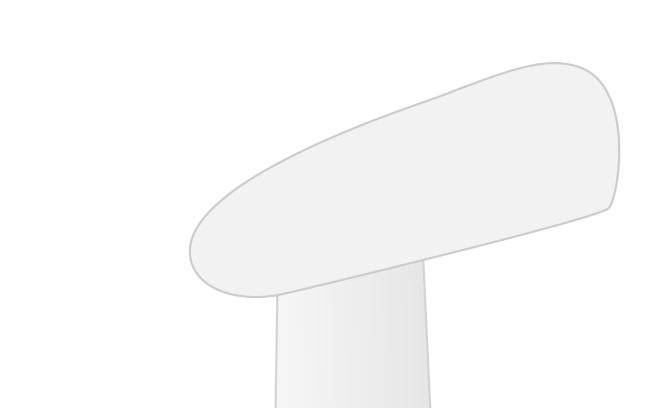
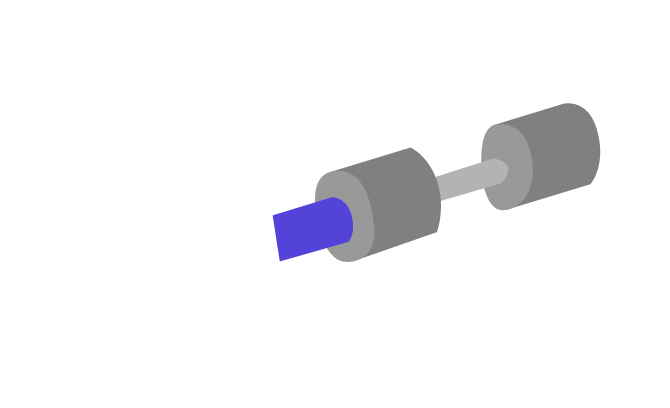
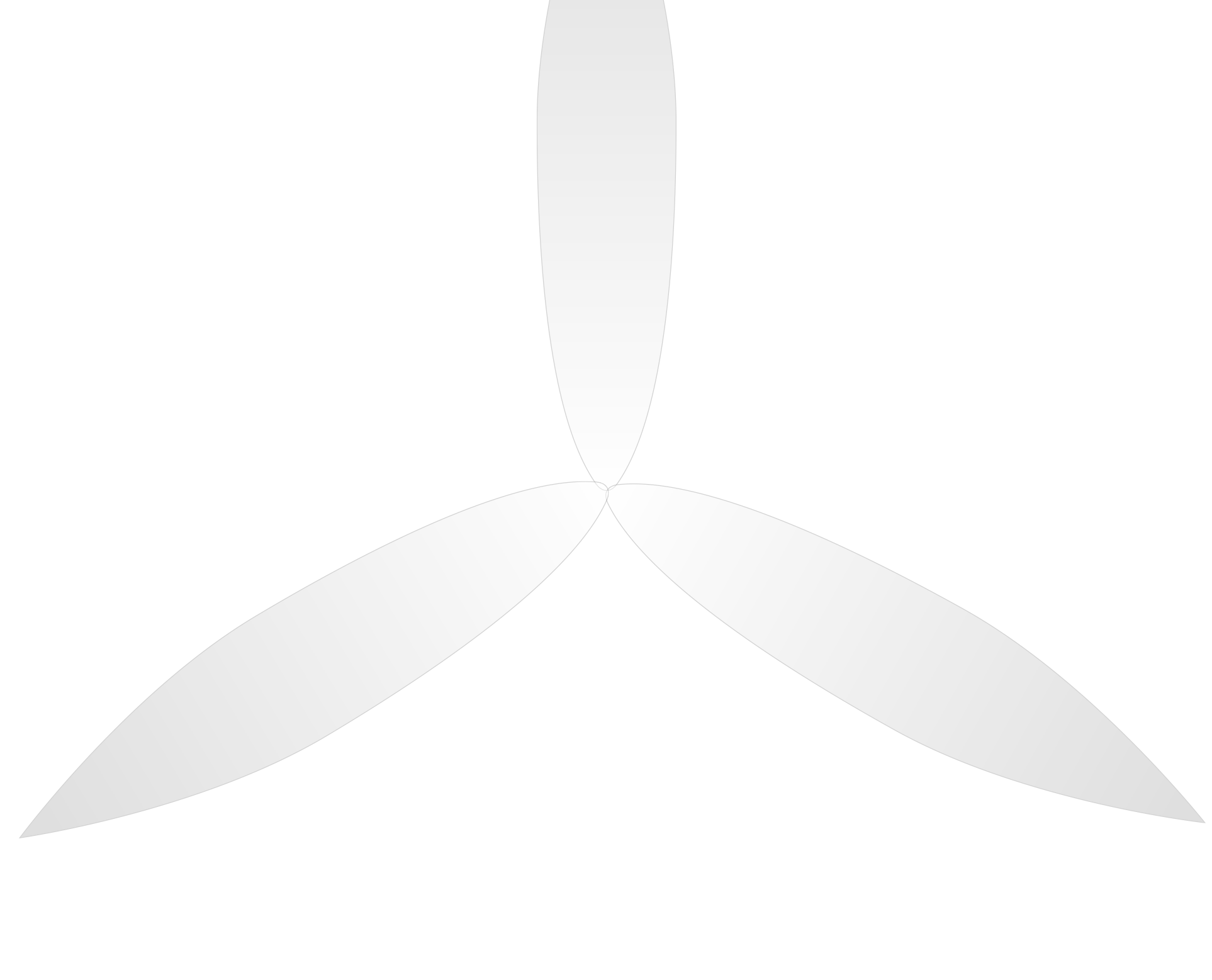


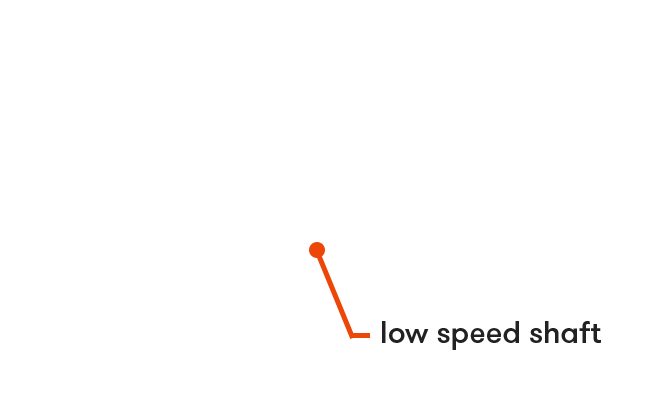

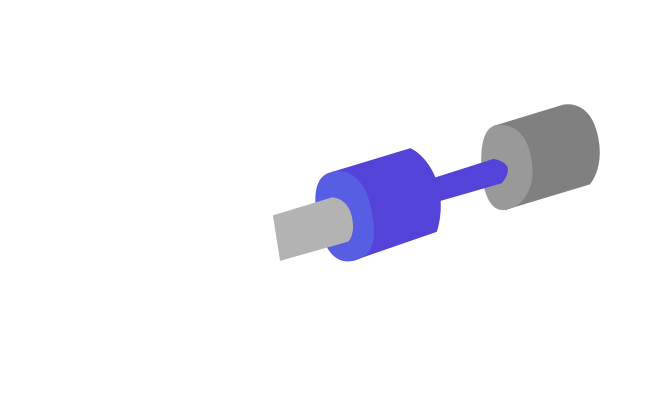



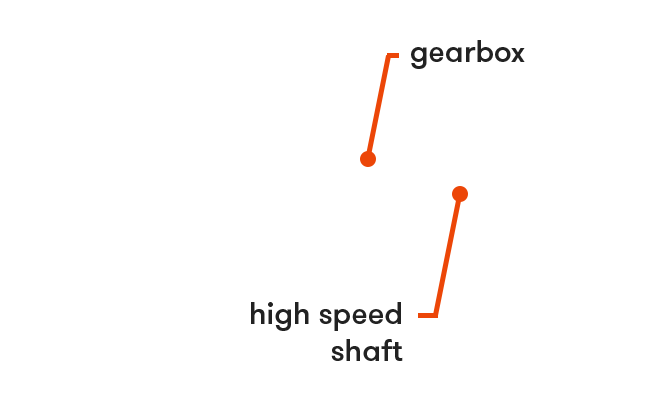

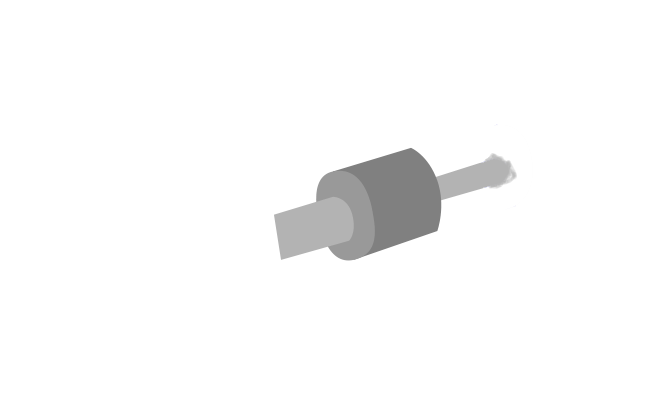




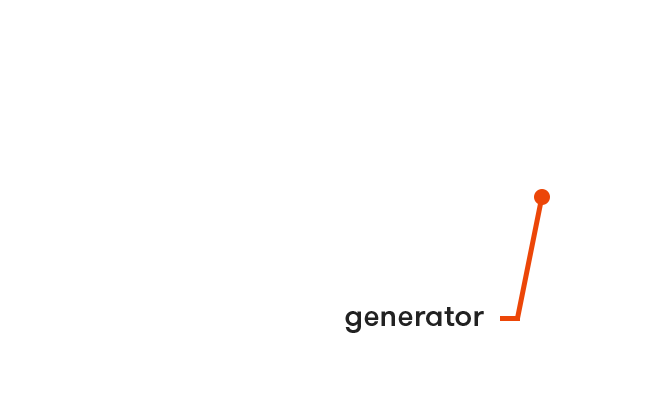
The turbine
The blades of a wind turbine need to be strong, light and durable. They are generally made from fibreglass or carbon-fibre and have a diameter between 60 and 80 metres.
The low-speed shaft, the high-speed shaft, the gearbox and the generator are all housed inside a compartment called the nacelle.
In order to best catch the wind, the turbines need to be up high, and they often sit atop towers that are anywhere from 40 to 100 metres tall. The generators and gearboxes that perch on these towers can weigh more than 10 tonnes. These factors add expense and logistical difficulty to the construction of a wind farm.
The power produced by a wind turbine
The power produced by a wind turbine increases very rapidly with wind speed: a doubling of wind speed results in as much as an eightfold increase in power. Therefore it is important to site wind generators in a place where the wind speed is high, as well as reasonably constant. The length of the rotor blades is also important—doubling the diameter of the circle made by the blades produces a fourfold increase in power.
Catching the wind
Obviously, we want to locate our wind turbines in windy places. Generally, a wind farm will be built in an area with consistent winds that regularly reach at least 25 km/h. However, a big factor is that there may be no wind at all one day and a howling gale the next. This fundamental variability in the wind means it’s unlikely that wind power will become the sole source of electricity generation in the future, unless energy storage becomes cheaper and more efficient.
That said, while wind can be variable, it’s also predictable over long time periods. The Australian Energy Market Operator has developed the Australian Wind Energy Forecasting System, a tool that can forecast the wind energy output of wind farms on the east coast of Australia several days into the future, with high accuracy.
Wind can be erratic, changing direction by the second. The turbines are fitted with a ‘yaw’ motor, which allows them to swivel around so they can always be facing into the wind.
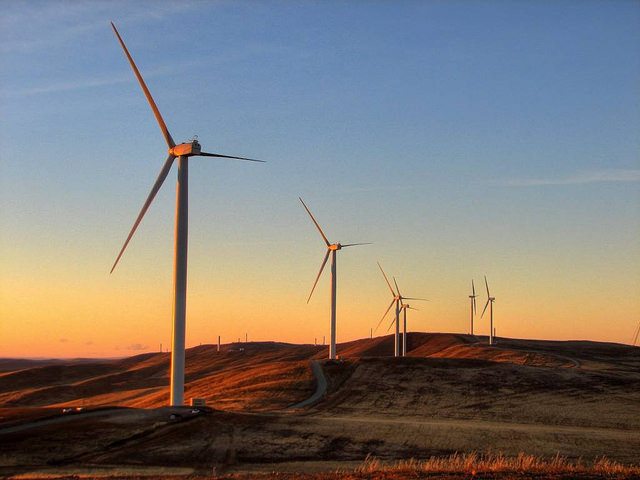
Plugging into the power supply
The large-scale production of wind-powered electricity involves the use of wind farms, where multiple wind turbines, from a few up to hundreds, feed electricity directly into the supply network.
Electrical engineers know that the wind doesn't blow all the time and have devised a number of strategies to ensure that electricity supply meets electricity demand. A network of wind farms feeding into a common grid, for example, may help provide a steady supply: when one wind farm is becalmed, others elsewhere in the region and the continent may continue to operate. Other energy sources (such as the sun, coal, water or gas) are often used to supplement wind-generated power. Hydroelectricity and gas are the best technologies for this purpose as they can be turned off and on very quickly. In the future, battery systems may be used to store excess wind power and dispatch it during periods of low wind.
Credentials and criticism
Recent analyses show that wind power is considerably more environmentally friendly than, for example, electricity produced by coal-fired power stations. It uses fewer non-renewable resources, causes less local or regional air pollution and makes virtually no contribution to greenhouse gas emissions.
The towers themselves cover only a small land area, and farming activities can continue virtually up to the base, even under the revolving blades.
With regard to the materials and resources that go into building wind turbines, lifecycle analysis studies have found that turbines pay for themselves very quickly—a 2 megawatt turbine with an expected working life of 20 years will provide a net benefit within five to eight months.
Criticism
The movement of the wind turbine blades produces low-frequency noise, which increases with wind speed, and may include ‘infrasound’ at frequencies too low for a human to hear. The blades can also make a swishing noise. However, the remoteness of the majority of wind farms means that noise isn't a major problem at most locations. There are planning regulations to ensure people living in rural areas are not subjected to annoying or stressful levels of noise.
Wind Turbine Syndrome
However, in parts of Australia, Canada, the UK and the USA, there has been some opposition to wind farms from proponents of a phenomenon known as Wind Turbine Syndrome. This ‘syndrome’ is not recognised by any health agencies or authorities in Australia; the term was coined after the publication in 2009 of a self-published book of the same title. The content of the book has not been through the standard scientific peer review process.
Globally, small proportions of people living close to a small number of wind farms have reported a variety of symptoms that they have attributed to the low-frequency noise and infrasound that wind turbines produce. A huge array of ailments have been attributed to this—including headaches, sleeplessness, irritability, heart palpitations and even a deterioration in a person’s diabetes symptoms.
Several studies have been conducted in Australia and other countries to try and ascertain how, and indeed, if, wind turbines can affect the health of people living near them. There have been 25 reviews of these studies published since 2003, in which medical experts have assessed all the available evidence and each time come to the conclusion that there is no evidence that wind turbines have direct effects on people’s health.
There is no direct evidence that exposure to wind farm noise affects physical or mental health.NHMRC Statement: Evidence on Wind Farms and Human Health
The most recent report from the Australian National Health and Medical Research Council reviewed the available quality evidence on wind farm noise and its impact upon physical and mental health, mood, sleep and quality of life. It considered both infrasound and low-frequency noise and perceptions of noise, shadow flicker and electromagnetic radiation. The findings are briefly summarised below.
Furthermore, a report released in 2014 by Health Canada also found that while people's feelings of annoyance could be related to wind turbine noise, no link was found between wind farm noise and ill health in people.
Another interesting feature of the Wind Turbine Syndrome debate is that it is basically non-existent in Europe where, in several countries, people have been living with wind turbines for years. This is not to say that there is no opposition to wind turbines in these countries, but it is primarily on environmental grounds, where opponents are concerned about the aesthetics of the turbines or their location in ecologically sensitive areas. There is little to no mention of ill effects on health.
So it raises the question—what is going on here? Other researchers, such as Simon Chapman, a professor of Public Health at the University of Sydney, have suggested that the presence of anti-wind campaigning itself could be at the root of some of the health problems. The ‘nocebo’ (from the Latin term ‘I shall harm’, as opposed to ‘placebo’: ‘I shall please’) effect is when knowledge of and anxiety about a purported symptom induces some people to experience it—the stress or anxiety caused by being told they will suffer from ill effects causes them to experience the symptoms (and attribute them to the wind turbines). Stress levels can also be higher in communities where there was poor public consultation regarding the construction of a wind farm.
Chapman's research has shown that some wind farms in Australia have been operating for many years without any complaints, and that of the 129 people who made health or noise complaints during the period 1993–2012, 73 per cent lived near just six (out of a total of 51) wind farms, all of which had been targeted by anti-wind campaigners. More than two-thirds of the wind farms operating across Australia have never received any complaints from nearby residents.
Interestingly, people receiving compensation or an income from having wind turbines located on their properties also rarely report any ill effects on health.
Whatever people’s motivations, it’s clear that there is currently no scientific evidence beyond anecdotes and non-rigorous case studies that supports any claims of Wind Turbine Syndrome or any harmful impacts of wind turbines upon human health.
Aesthetics
Critics also say that the modern wind farm is a blight on the landscape. Social research has suggested that the perception of wind turbines as visual pollution depends on a number of factors. These may include the technology used (e.g. turbines mounted on tubular towers are generally regarded to be more aesthetically acceptable than those mounted on steel trusses) and the density and layout of the turbines. Ownership may also be a factor: locals are more likely to find a wind farm attractive if they have a financial share in it.
Developments in the technology, such as increasing the diameter of the rotor blades and the height of the towers, have allowed some turbines to operate effectively at lower wind speeds. This improves the capacity of the turbines, and means they can be located in areas that may otherwise have been deemed insufficiently windy. This can allow them to be located closer to the areas of consumption, or away from environmentally sensitive regions.
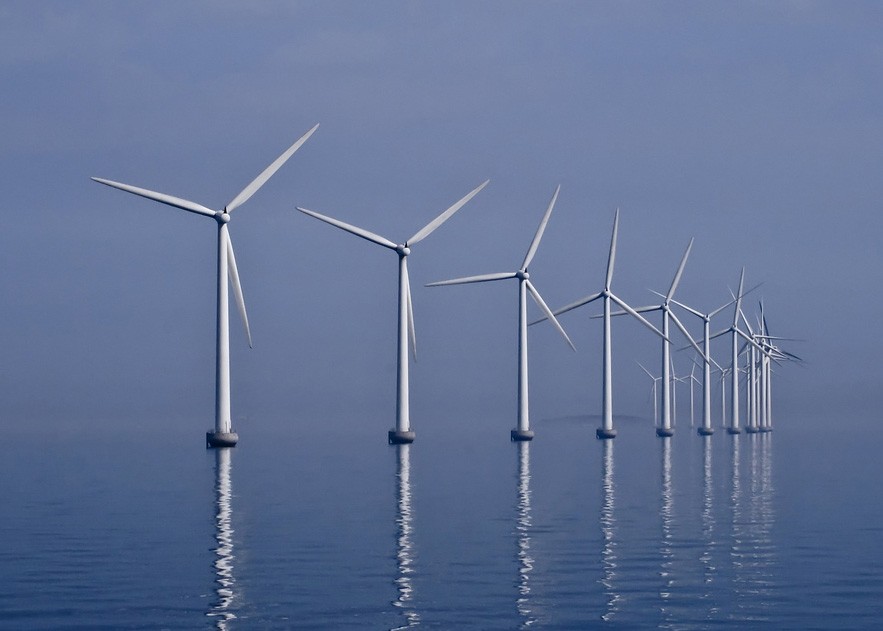
Wind power is often best at sea—there are fewer obstructions to air flow and less turbulence than on land and the wind is more constant. The wind industry in the UK and Europe is currently moving offshore in a big way. Although Australia does have good offshore prospects, it’s much more expensive to maintain wind farms at sea, and we have plenty of space on land that can be used.
Whether on land or offshore, wind power and its future are certainly not ‘all at sea’. Around the world, the uptake of wind power is growing fast.
Electricity has become a part of modern society that we all take for granted, and life without it would be nearly unimaginable. To meet our needs without the continued burning of fossil fuels, we will rely on wind power to be a key player in a mix of renewable energy sources that will provide a clean, low-carbon future.






